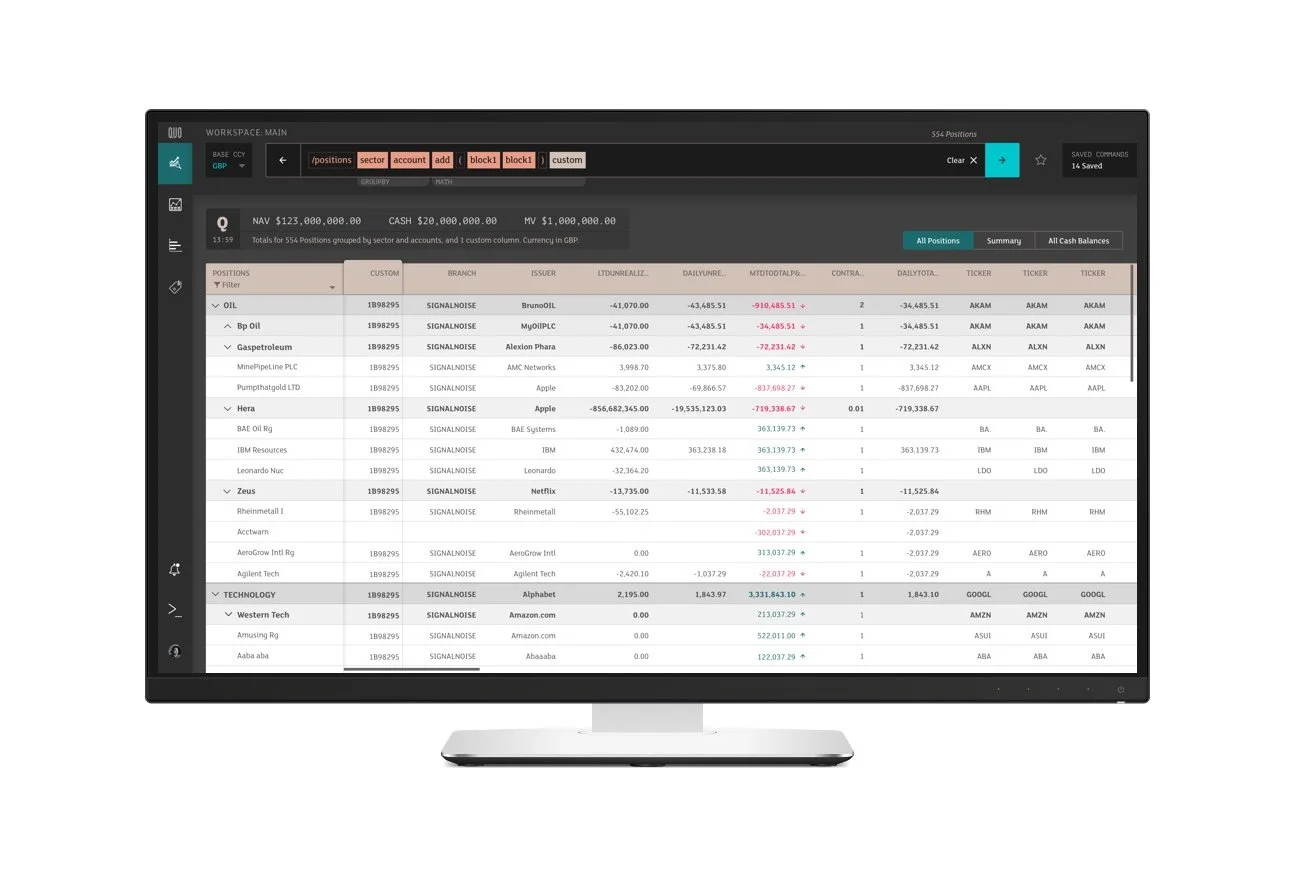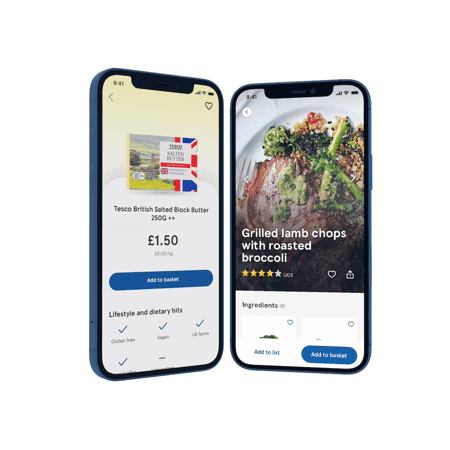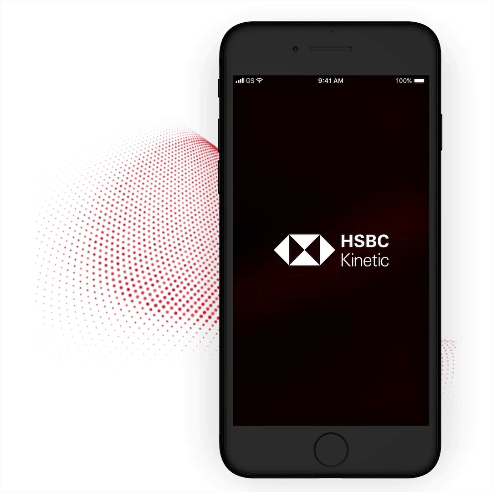
Priority Pass App
LEAD UI • NATIVE APPs • agile DESIGN & build • 2018
Priority Pass is part of the Collinson Group, they approached Tigerspike to rebuild their legacy app from scratch to start a new era of modern mobile experiences for thier customers.
My Task
Namely, as the senior UI designer, I joined the sprint delivery team while they were finalising the v4.0 build and designing features for v5.0. My duties were split 50/50 across sprint delivery and the discovery team which consisted of UX and BA. I balanced the corresponding activities such as being available for agile ceremonies, build-sheets, QAs, assets, and UI design/documentation with being an active member of the discovery workshops and research activities.
In this case study (15 minutes reading) I will explain a few different topics during my time working on the Priority Pass App.
Contents
1. Sprint delivery: process, product design system, Zeplin, dev support and QA.
2. Discovery: workshops, product thinking and UX.
3. New features: contextual home screen proposal, social media lounge content, search, favourites and airport maps.


Delivery Enhancements
Joining the team during the final few sprints before a big release was the most pressured time to do so. Lots of accountability was on the team to deliver all the epics/stories in the backlog as agreed in the SOW. With the pressure on, but with most of the design work already completed by the previous designer, my main tasks were supporting the developers with any changes, builds, sign-offs, sprint ceremonies, and also assisting with QA and testing.
A typical sprint in the delivery team would involve these activities:
Typical Jira backlog list (not Priority Pass).
Sprint Planning - stakeholders discuss and agree on sprint scope usually focusing on the details on the Jira ticket. Artefacts attached could be discovery findings, prototypes, confluence pages, acceptance criteria, the definition of done, wireframes, flows, UI designs and links to Zeplin where designs are ahead and complete. The team would communicate and agree on the backlog items to take into a sprint also highlighting any dependencies or blockers.
Backlog Grooming – Focusing on the ticket contents and fine-tuning them so they are ready to be picked up by the next sprint team. Aligning engineers and stakeholders on definition-of-ready and done. Prioritisation of the list is carried out and agreed upon. Estimates of the stories in points and splitting big ones down. Sometimes a white-boarding session is carried out after this where I would work with the developers on defining an approach to complex problems and issues.
Daily Scrum - What activities (tickets) are we doing today and any impediments.
UI design - If UI designs are required in a ticket, then there would have been sufficient discovery UX/BA work to underpin it for delivery. After checking the Jira/Confluence pages I would then design the UI feature required. The designs would be peer-reviewed, and then tested or built. Once it’s ready for build, I would export the designs and assets to Zeplin and update the InVision prototype.
Show and Tell - This happens at least once mid-sprint and anytime the designer/PO requires it.
Dev support -I work with developers to ensure the feature is in line with the desired visual and functional intent. Working alongside the developer is ideal to help him/her directly with the build, particularly if it involves front-end work.
Sign-off before ticket moves to test - once both the developer and myself are happy the acceptance criteria are met, then I would sign it and move the ticket to the Test column for QA to pick up.
Assisting with QA - No one can (design) QA a product better than the designer, so assisting QA would always be a pleasure.
Build sign-off - Final last chance to check for bugs or inconsistencies in UI/UX.
Retrospective - A space at the end of the sprint where the team comes together to reflect on what went well, what didn't and what to continue. Usually, some action items are made to help improve processes.
Design System
Luckily when I joined the team, the previous UI designer had started setting up a library which acted as the foundation of a design system. The library document grew to contain fundamentals, atoms, molecules, etc - all the components of a classic design system. My job was to manage and optimise it as we continued to build the product. Eventually, as with any design system, the ultimate goal is to synchronise the elements and rules of the design system with code, so they are reusable components both in design and in development.
Designing The Design System Process. Establishing the way we will use it. Identifying the stages and usage. UI Department Deck.
During my time on at Tigerspike London I was acting UI Lead, a role with its own responsibilities which I carried out in parallel to designing/building products. Line managing UI team members, carrying out recruitment and actively contributing to the Leads department strategy/meetings.
Discovery
Working ahead of the sprint delivery team, my time working with the UX designer and BA was very fruitful. Discovering features to enrich the user experience, building hypotheses, designing flows and validating ideas is a fun process, especially when you co-create with the PO, developers and other stakeholders in a workshop which generates a great collective consensus.
Workshops
We conducted multiple workshops nearly every week to discover the requirements and align stakeholders on the agreed features which were sold as part of the SOW. For the Wayfinding feature we looked at integrating the Locus Labs API which would enable the Airport Maps feature for release v5.0. The Biometrics Log-In workshop was fair and straightforward due to the mostly known native patterns, so it was mostly an investigation of technical constrains and goal posts, to align us all on the right pathways to activate it. The Search and Social Media Content integration workshop was a more meaty one with lots of ideas and possibilities highlighted, it required more inquisitive discovery with deeper activities.
Participants: Priority Pass: Product Owner, Product Manager, Project Manager, UX Researcher. Tigerspike: Lead Developer, Native Developers, Business Analyst, UX Designer, UI Designer, Scrum Master. 3rd Parties: Engineering Team, Product Manager, Sales.
Airport Maps Goal: To enable the user to find the location of a point of interest using indoor mapping. Allow the user to navigate within the airport using routes.
Search Goal: To enrich the search capabilities beyond the current MVP build, including other features if possible.
Social Content Goal: To enrich the lounge details screens and to reveal real-life photos of them and increase conversion.
Biometrics: Mapping out the password entry points and where Biometrics kicks in the customer journey.
What happened in the workshops?
Sometimes we would start with brainstorming and affinity mapping to create a landscape of what we collectively know, it’s also a space to talk about things in more focus. We co-created the user journey highlighting the prompts, triggers, actions and opportunities in the happy path. Carried out Crazy 8s exercise covering core concepts of our favourite opportunities ready for pitching. After pitching our ideas we carried out dot voting on the best-fit solution. Then collectively focused on another round of sketching for that chosen idea. Followed presentations of the final ideas. This drill-down co-creation process eliminates weak ideas and builds collective consensus fast.
After the workshop, we created low-fidelity wires to validate them with other stakeholders who did not attend the workshops but also to round up a visual summary. We also held conference calls with LocusLabs engineers in San Fran to present back our ideas and to raise the question of technical feasibility from their end.
The workflows were updated accordingly to feedback and then user stories were created. If needed we would continue with research spikes and user testing.
Discovery Proposal — Contextual Homescreen
I took the knowledge gained in our discovery session and collaborated on a few wireframe ideas with the UX designer. I took my favourite idea we discussed and flushed it out into a full proposal for the client. I lead the entire proposal, effectively doing the UX thinking also. The PO loved it and pitched the same deck to the boardroom, without any changes, which incidentally was commended and selected for prioritisation.
Other work






























